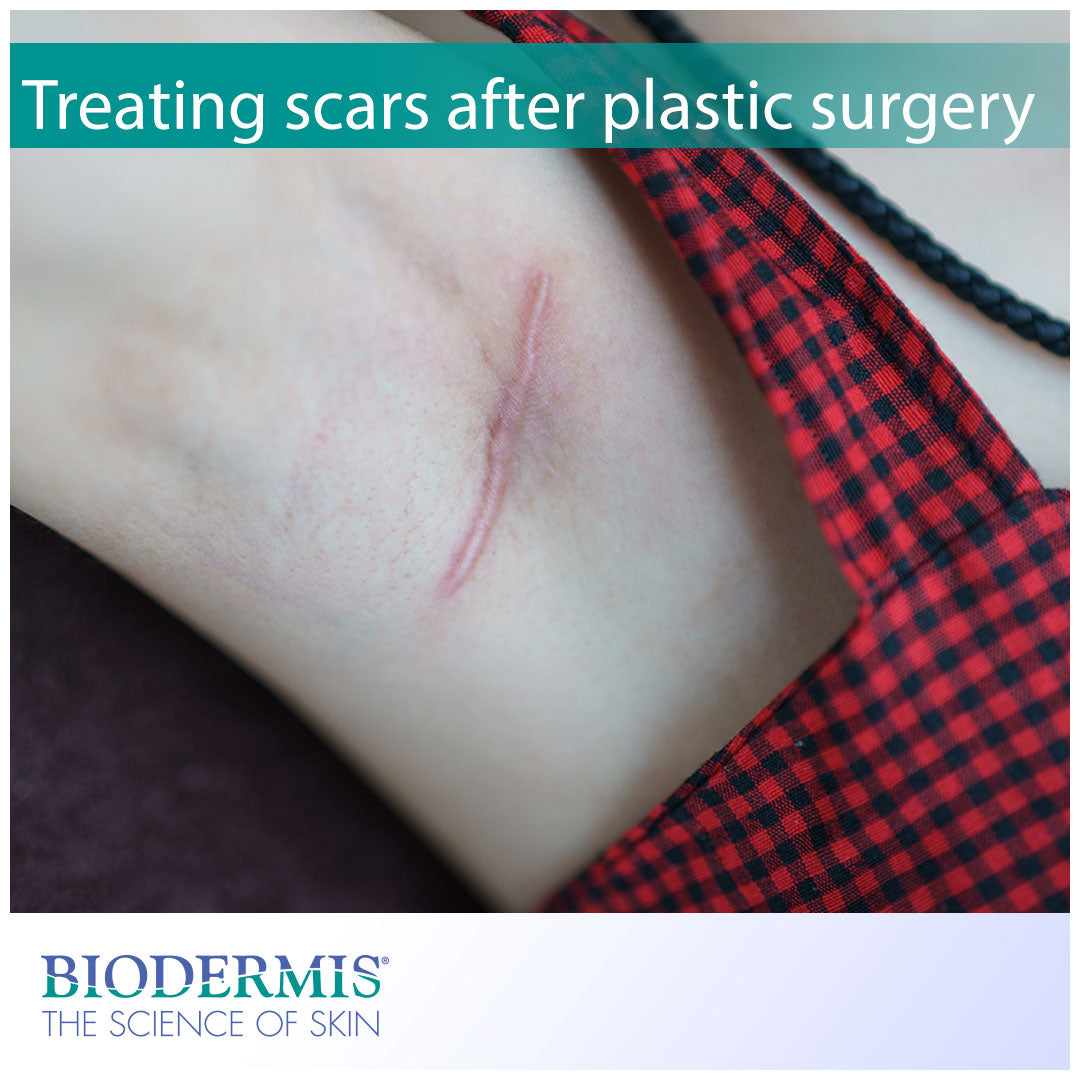With plastic surgery procedures becoming more and more popular every year, people are wondering what they can do about their post-surgical scars. Although surgeons are very skilled at creating straight incisions, scars will always result. In some cases, you may be left with minimal scarring that fades well on its own. However, if you are predisposed to keloids or hypertrophic scarring, you will want safe and effective options for treating them as part of your post-operative recovery process.
In this article, we will explore some safe and effective ways to treat your scars so they don’t become a source of anxiety later on.
Physical therapy for your scar
Massaging and stretching techniques are commonly used in physical therapy to loosen up tight skin caused by surgical scars. The reason some scars feel tight is because the collagen proteins organize themselves in a single direction during the wound healing process. With healthy skin, collagen is structured in a multidirectional pattern, which lends skin its elasticity and tensile strength. The aim of stretching and massaging scar tissue is to promote tissue remodeling. When done successfully, the collagen fibers will align in more of a multi-directional manner. This promotes tensile strength in the scar tissue and allows it to endure greater forces from bodily motion throughout the day.
Apart from massaging and stretching, physical therapists often use other techniques to promote scar tissue elasticity. These include kinesiology tape and the Graston technique. Kinesiology tape, also known as elastic therapeutic tape, is a cotton strip with an acrylic adhesive backing that sticks to the skin. This tape is often used to assist with recovery from injury or other physical disabilities. The tape can also be used in scar therapy to stretch and create space between the dermis, fascia, and muscle to facilitate blood flow and remodeling in the tissue. The Graston technique, another method for scar therapy, is the use of metal tools that are specially designed for soft tissue mobilization. A trained specialist, usually a physical therapist, will use the metal instruments to gently message and scrape areas of the skin that cause restriction. This has the benefit of reducing pain and increasing function and mobility in the fascia of the skin. Similar to kinesiology tape, the Graston technique stretches connective tissue to promote collagen remodeling.
Use silicone gel for scars
Medical grade silicone gel has been the leading topical solution for scar management for the past 30 years and is trusted by surgeons and dermatologists around the world. Silicone gel helps scars by creating an ideal environment (homeostasis) of moisture and oxygen to flatten and reduce their appearance. Silicone gel works through the mechanisms of dermal hydration and collagen regulation and is backed by numerous clinical studies.
Excessive scarring is the result of skin overcompensating during the wound healing process by creating too much collagen. When collagen builds up over time, we are left with raised and discolored scars, also known as keloids and hypertrophic scars. Silicone gel signals skin cells to scale back collagen production, thereby reducing and flattening scar tissue. Silicone gel is safe for all ages and can be purchased through your physician or online at biodermis.com.
Biodermis is an innovative market leader with 30 years of expertise in the medical silicone industry. Visit Biodermis.com today to explore a complete range of scar management and post-operative care solutions.
Biodermis offers custom tailored referral programs designed to simplify and reduce the cost of your patients' post-op care. Additionally, we offer professional pricing if you opt to retail our products. Give us a call at 800.322.3729, and we will be happy to provide additional details on these programs.





